By David Tobias
It is common practice for doctors to prescribe drugs for uses that have not been approved by the FDA, a phenomenon known as “off-label” use. In fact, at least 20% of all drug prescriptions are off-label, and some scholars quote figures as high as 60%. In the fields of oncology and psychiatry, off-label drug use is even higher. This practice has significant pros and cons. Many healthcare providers and patients consider off-label use necessary in order to get drugs to patients who need them. However, off-label drug use correlates with significant increases in adverse drug effects for patients, especially when the use is not supported by significant scientific research, and it has caused significant harm to the public. In order to stop these negative effects without stifling off-label drug use’s benefits, this article proposes a two-part solution that will encourage physicians to prescribe and administer off-label drugs in accordance with society's expectations of safety.
